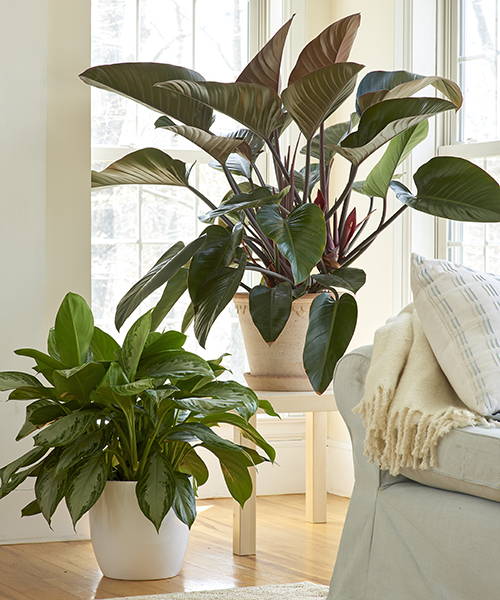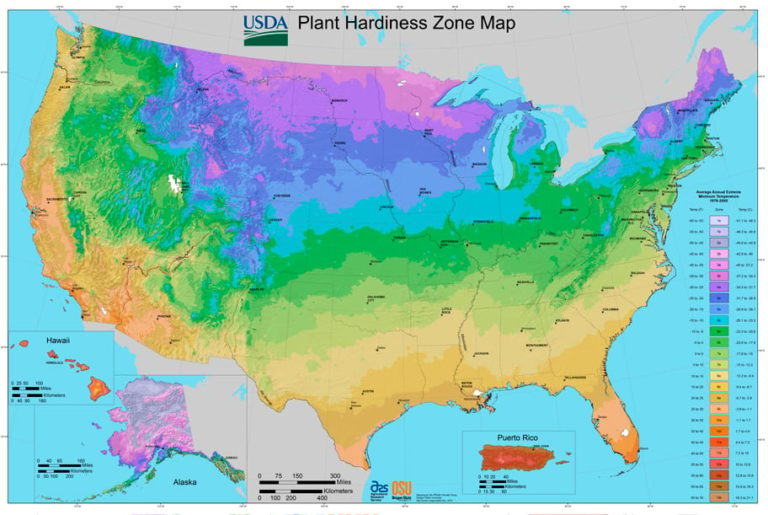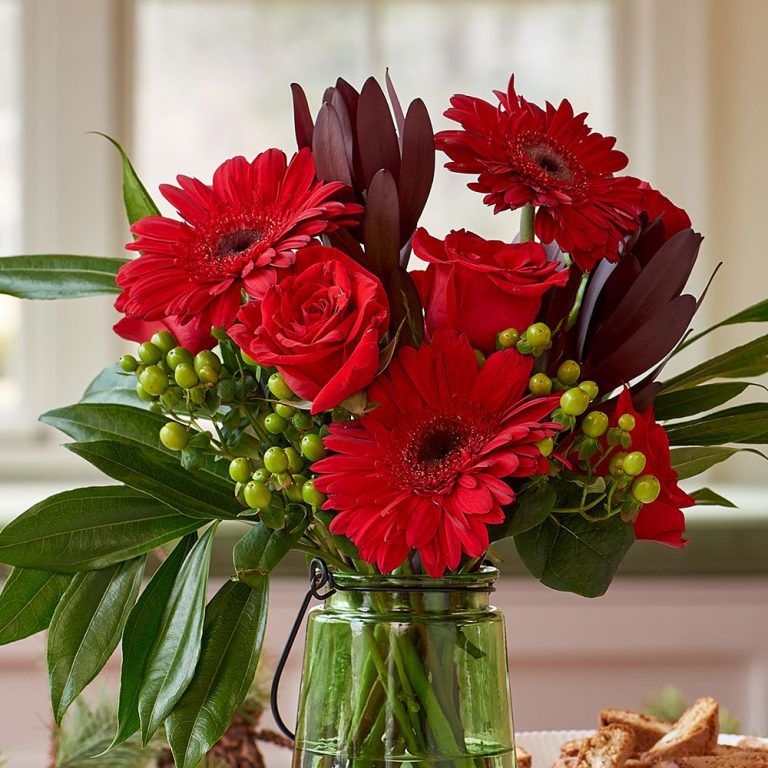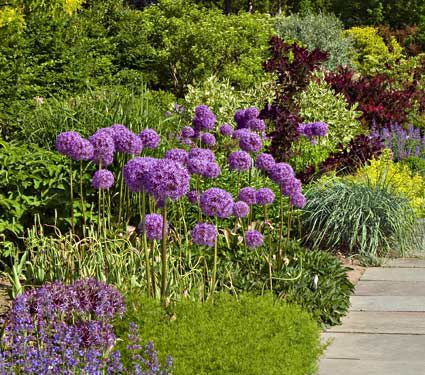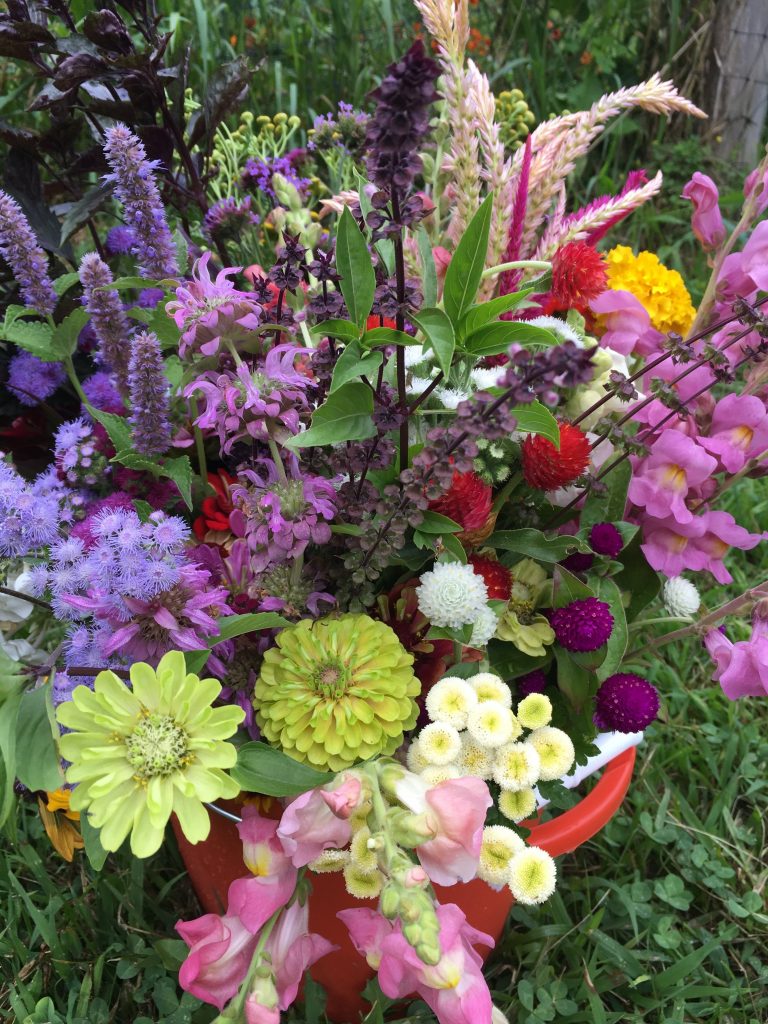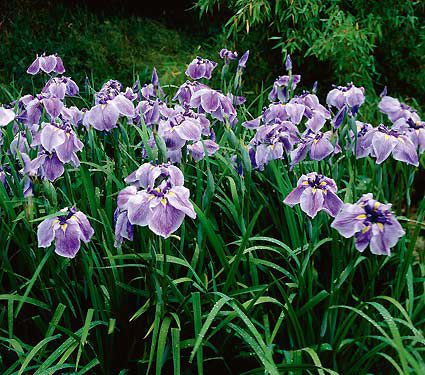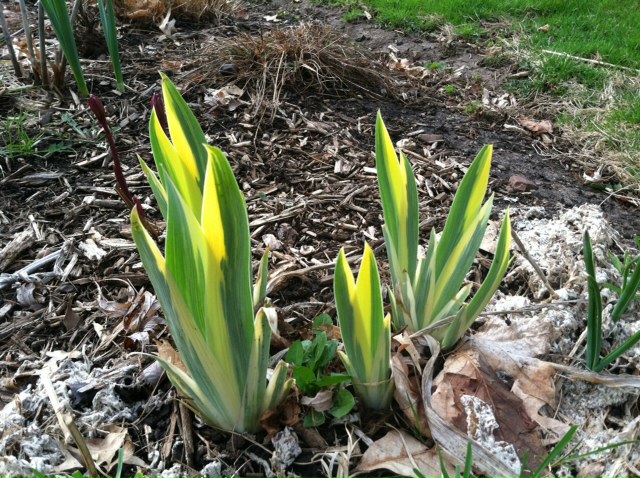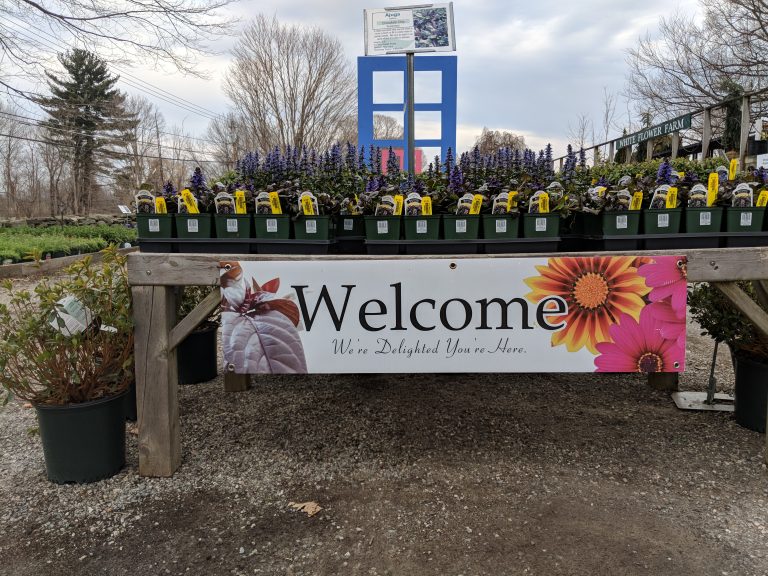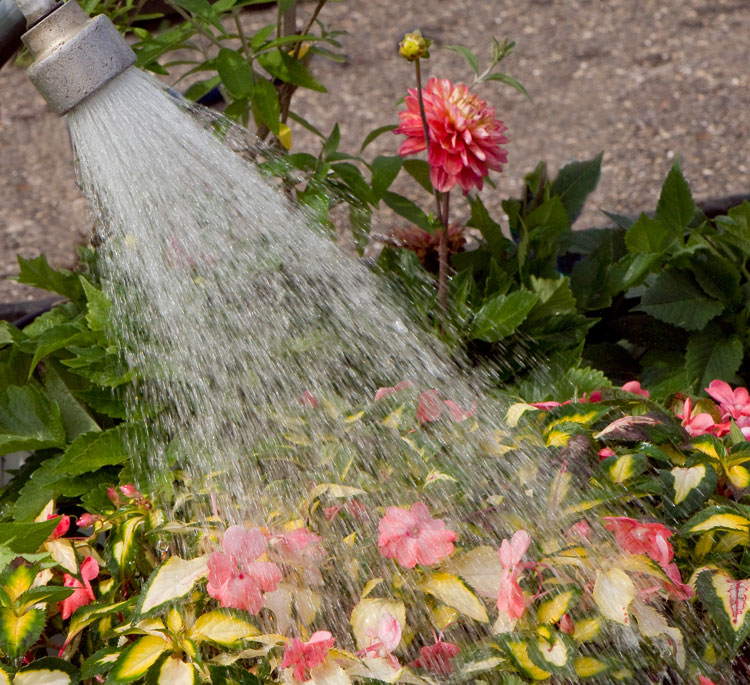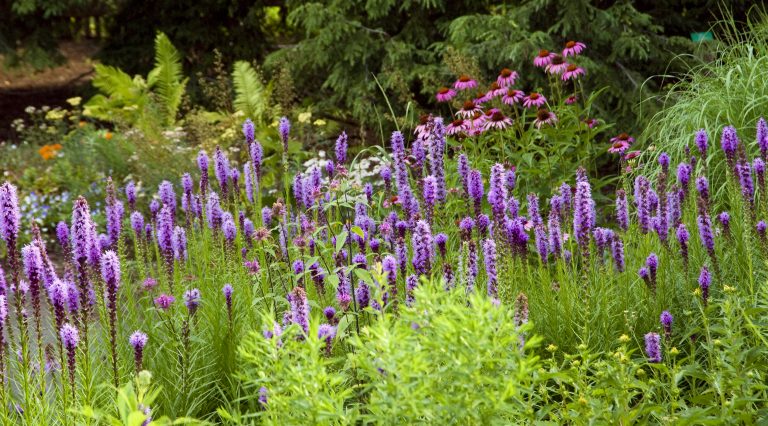
What Do We Mean When We Talk About Native Plants?
Phlox paniculata ‘Jeana’, 2024 Perennial Plant of the Year If you’ve spent any time in recent years reading books or magazines about gardening, you will be aware of the growing interest in native plants. Regular readers of our catalog will likely have a general understanding of what this term refers to and why a gardener might seek out native plants. Because this is a complicated topic and is often over-simplified in bite-sized media, we’d like to briefly discuss the ways in which native plants figure in what we do at White Flower Farm. What Is a Native Plant? The definition…

